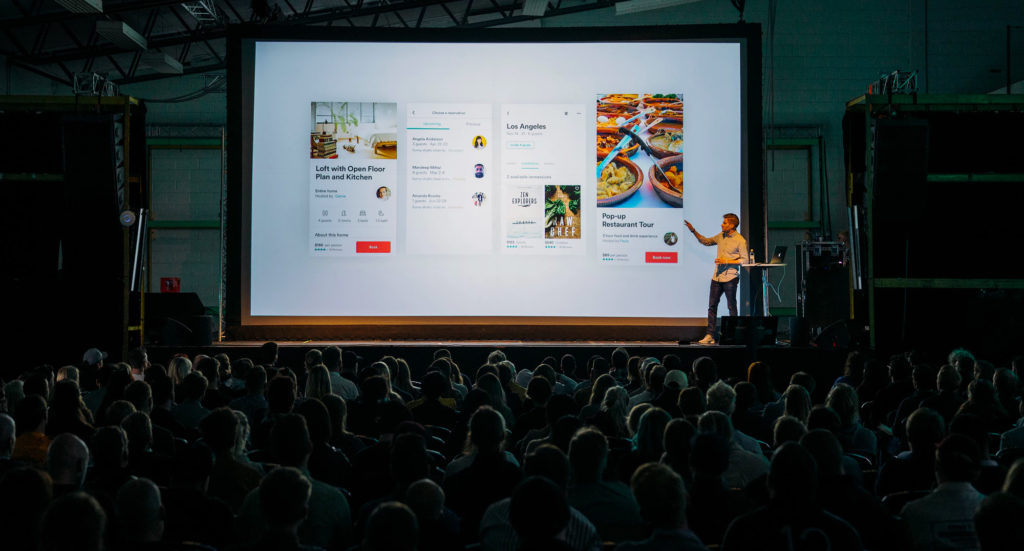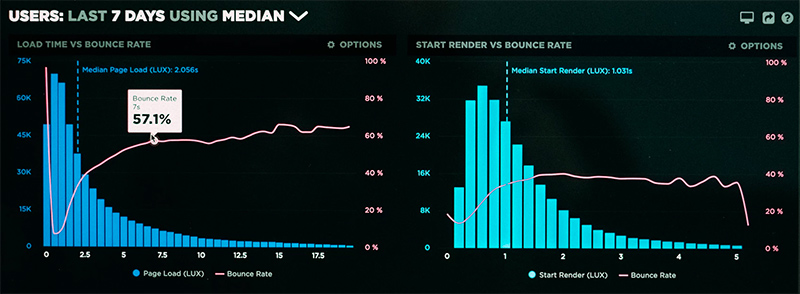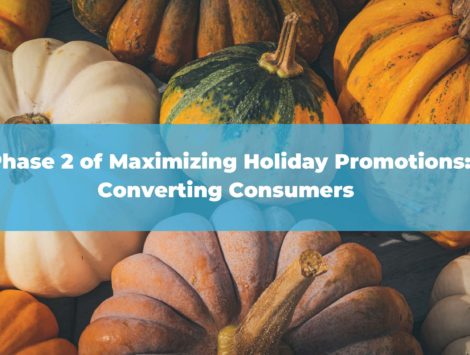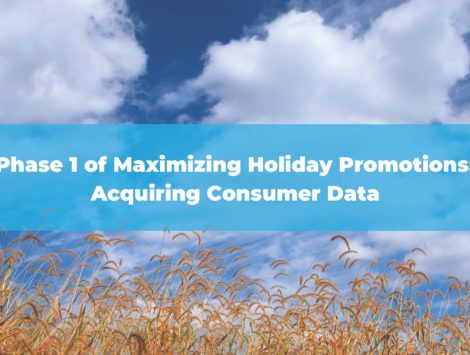Crafting a User Generated Content Marketing Strategy

User-generated content (UGC) is increasingly critical to a businesses marketing mix. It’s ability to take an authentic face and connect with audiences has been proven more effective than most branded content. Agencies and businesses are spending hundreds and thousands of dollars on to produce, despite the cost-effectiveness and potential of UGC.
Generating content is quite easy for your audience at any moment. With the quality and abundance of smartphones connected to the internet, your audience could be producing beneficial content about your brand across multiple social media channels.
With the right call strategy, you could be encouraging your audience to create videos, photos, reviews, and more for your brand.
Having a well-executed UGC strategy can help cut the effort of generating, searching, and curating visual content marketing materials.
How a User Generated Content Marketing Strategy Can Help
- Manage your UGC effectively right from the start.
- Monitor the performance of your UGC campaigns.
- Plan the work of your teams involved in UGC campaigns.
- Minimize the risk of low participation in UGC campaigns.
Start a UGC campaign for your brand or simply decide to use UGC in your brand’s marketing mix.
There are four core concepts to executing a user-generated content campaign:
- Defining your needs and goals.
- Understanding your audience.
- Planning and tactics.
- Analysis and monitoring.
Defining Your Needs and Goals
Understanding what your need from a UGC campaign can help keep things on track. By defining these several points, you’ll be able to map out your overall user generated content marketing strategy.
The purpose behind the UGC Campaign
What benefits of UCG are you trying to bring into your marketing? It’s important to address this point early on, as it’ll help define what tactics you’ll use to drive those results. For example, UGC campaigns can be used for:
- Getting reviews or product feedback.
- Increasing brand awareness and reach.
- Generating referrals or word-of-mouth.
- Curating photos, videos, or other content to reuse.
Decide which areas of your marketing could be supported by UGC. Are you having trouble producing content for your business? Perhaps focus on curation and getting users to share high-quality photos, videos, or text.
Duration of your UGC Campaign
Once you figure out the reason you want to pursue a UGC campaign, you should address a time-frame for the campaign.
Planning it out helps you breakdown your goals further and better execute them.
Of course, some deadlines don’t need to be made; If your overall purpose is brand awareness, this would likely be a continuous goal. However, it’s still good to analyze ongoing campaigns at regular intervals and find areas to change or improve.
Type of user-generated content you need
The formatting of user-generated content can come packaged in text, photos, videos, gifs, and more. Before setting out on a UGC campaign, you should carefully define the specifics of what format you need the content.
To keep things organized and simple for your users, you should only pick one content format per campaign. For example, having a separate campaign for photos, and a separate campaign for video.
Your criteria for deciding what content you need can be based on the following:
- Where you’d like to use the content. Is it for social media? Your product pages? Decide what type of content works best for the placements you need content for.
- The theme of your campaign. Essentially, this can help guide your audience on creating the content you’re looking for. This can include examples such as holidays, events, or seasons.
- The services and products you sell. If you want to encourage product reviews, user-generated unboxing videos would work well. Or if you’re a clothing brand, asking users to upload their favorite styling of your products.
Understanding Your Audience
Once you decide what you want out of your UGC campaign, the next step is to understand your audience, or what section of your audience you want to target. Understanding each segment of your users will help you organize how you can source the most content.
Try to aim for groups that would be more likely to engage your brand and be active on social media, as they’re most likely to create content for your brand. Even if this group is small, they likely have the most influence over larger segments that consume their content.
In addition, rewarding these users is critical to motivating them to create content. Taking photos and crafting videos takes time, so it’s important to appreciate the effort your audience puts into creating content. Social media promotions work well for this, such as sweepstakes, contests, and instant win games.
Offering a prize relative to these users interests and your brand can help add incentives that generate stronger results out of your campaign.
Other incentives that work well include:
- A feature on your website or social pages. This can include uploading their photos or videos to an online gallery, or reposting their content to your social feed.
- Special promotional codes, or additional entries into your promotions.
- Early-access to new products or services.
- Discounts or trials.
If you decide to launch a UGC contest or sweepstakes, be sure to curate a grand prize that you’ll announce at the start of your campaign. It’s good practice to announce incentives at the start, to motivate your users to participate and encourage them to craft their best content.
 Where and how your users create content
Where and how your users create content
Most consumers are tech-savvy enough to use their mobile phones to generate content, while others may go above and beyond and use other apps or tools to perfect their content (such as photo-editors and video production software). Be aware of the type of devices your audience uses, as it’ll help determine the best methods for creating content for you. In addition, be aware of what channels they’re most active on.
For example, if your audience is most active on Twitter and they’re more likely to share text-based content, it may not be the best practice to ask these users to create photo content for your other social channels.
Being present on the social platforms they’re most active on will also make it easier for your users to share with their friends, which will give your brand additional reach. Social-voting contests also work effectively for expanding your reach. Engagement increases as users ask their friends and families to vote, like, or share their submission to win the contest.
Observe who consumes the content
Social media is a constant flow of consumption and production – one segment of your audience may be more likely to create content, where as another segment of your audience may be looking for content to consume that will help them make a purchase decision.
By understanding what content is most likely to activate different segments of your audience, it will help you craft an overall theme for your campaign.
Some users may be looking for the purpose of your product, while others may be looking to feel inspired. For example, if you sell tools and your audience is interested in home improvement, a great theme for your campaign may be crafting hacks, repair tips, or asking users to showcase their newest home projects.
Planning and Tactics
As always, setting measurable goals is important for your UGC campaign. Set a realistic amount of metrics such as shares, likes, reach, or submissions in relevance to your audience size. Break them into smaller goals and set a timeline for achieving them. Plan to check on these metrics frequently, to identify key areas for improvement and optimization.
Behind each metric, identify what promotional tactics you can use to reach them. Contests and sweepstakes are effective for accelerating and starting your UGC campaign, as they build interest with your audience and place them on the same timeline as your goals.
If you decide to run a promotion, communicate to your audience important factors such as:
- Expectations for content.
- A clear call-to-action and mode of submission.
- Deadline(s).
- Official Rules.
- Permissions and rights management.
- Criteria and prizes.
Analysis and Monitoring
Moderating submissions is important to avoid any complications with your UGC campaign. Our promotional technology gives full control of screening submissions to avoid instances of unfavorable or inappropriate content being shared.
Our Admin Tool is your portal to screen collected images, sending approved photos directly to a live gallery on your site. If needed, we do offer services to help you pre-screen contest entries so that you and a team you choose has a much smaller pool of high-quality content to judge.
Wrapping Up
As with any marketing strategy, be sure to keep your audience in mind. For user-generated content, it’s important to understand the who, what, when, where, and how your users create and consume content. The theme of your overall campaign will help guide these findings so that your UGC campaign is both actionable and impactful.
Sweepstakes and contests are great for kick-starting your user generated content marketing strategy. Given that it takes time to create quality content, incentives like prizes work well for motivating your audience and showing them appreciation for their effort. Of course, with any promotion there are certain obstacles to bear in mind.
With UGC, it’s important to understand rights management and other legal steps that need to be secured before launching a promotion. We operate as a full-service sweepstakes management and administration company, so we handle every step from promotion development, to legal administration and prize fulfillment.









